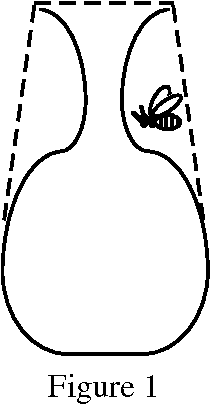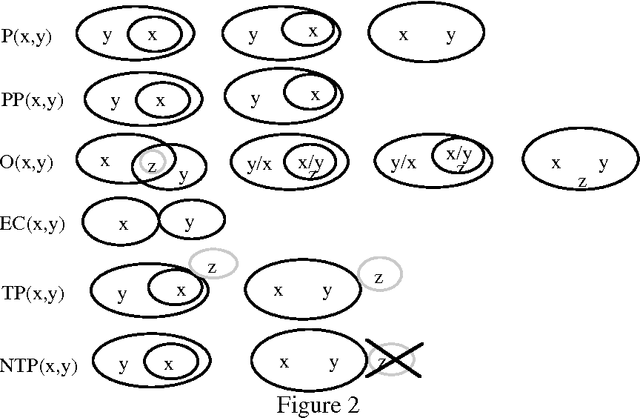Michel Aurnague
CLLE
Les entités spatiales dans la langue : étude descriptive, formelle et expérimentale de la catégorisation
Mar 25, 2010Abstract:While previous linguistic and psycholinguistic research on space has mainly analyzed spatial relations, the studies reported in this paper focus on how language distinguishes among spatial entities. Descriptive and experimental studies first propose a classification of entities, which accounts for both static and dynamic space, has some cross-linguistic validity, and underlies adults' cognitive processing. Formal and computational analyses then introduce theoretical elements aiming at modelling these categories, while fulfilling various properties of formal ontologies (generality, parsimony, coherence...). This formal framework accounts, in particular, for functional dependences among entities underlying some part-whole descriptions. Finally, developmental research shows that language-specific properties have a clear impact on how children talk about space. The results suggest some cross-linguistic variability in children's spatial representations from an early age onwards, bringing into question models in which general cognitive capacities are the only determinants of spatial cognition during the course of development.
La représentation formelle des concepts spatiaux dans la langue
Mar 25, 2010

Abstract:In this chapter, we assume that systematically studying spatial markers semantics in language provides a means to reveal fundamental properties and concepts characterizing conceptual representations of space. We propose a formal system accounting for the properties highlighted by the linguistic analysis, and we use these tools for representing the semantic content of several spatial relations of French. The first part presents a semantic analysis of the expression of space in French aiming at describing the constraints that formal representations have to take into account. In the second part, after presenting the structure of our formal system, we set out its components. A commonsense geometry is sketched out and several functional and pragmatic spatial concepts are formalized. We take a special attention in showing that these concepts are well suited to representing the semantic content of several prepositions of French ('sur' (on), 'dans' (in), 'devant' (in front of), 'au-dessus' (above)), and in illustrating the inferential adequacy of these representations.
 Add to Chrome
Add to Chrome Add to Firefox
Add to Firefox Add to Edge
Add to Edge